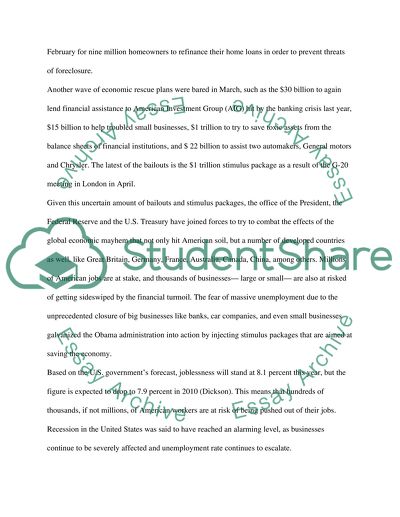Cite this document
(“Obama's Bailout Plans Term Paper Example | Topics and Well Written Essays - 2000 words”, n.d.)
Obama's Bailout Plans Term Paper Example | Topics and Well Written Essays - 2000 words. Retrieved from https://studentshare.org/miscellaneous/1519623-obamas-bailout-plans
Obama's Bailout Plans Term Paper Example | Topics and Well Written Essays - 2000 words. Retrieved from https://studentshare.org/miscellaneous/1519623-obamas-bailout-plans
(Obama'S Bailout Plans Term Paper Example | Topics and Well Written Essays - 2000 Words)
Obama'S Bailout Plans Term Paper Example | Topics and Well Written Essays - 2000 Words. https://studentshare.org/miscellaneous/1519623-obamas-bailout-plans.
Obama'S Bailout Plans Term Paper Example | Topics and Well Written Essays - 2000 Words. https://studentshare.org/miscellaneous/1519623-obamas-bailout-plans.
“Obama'S Bailout Plans Term Paper Example | Topics and Well Written Essays - 2000 Words”, n.d. https://studentshare.org/miscellaneous/1519623-obamas-bailout-plans.


